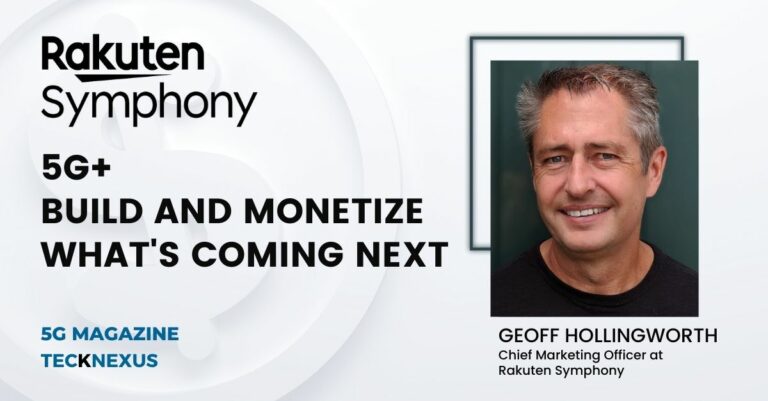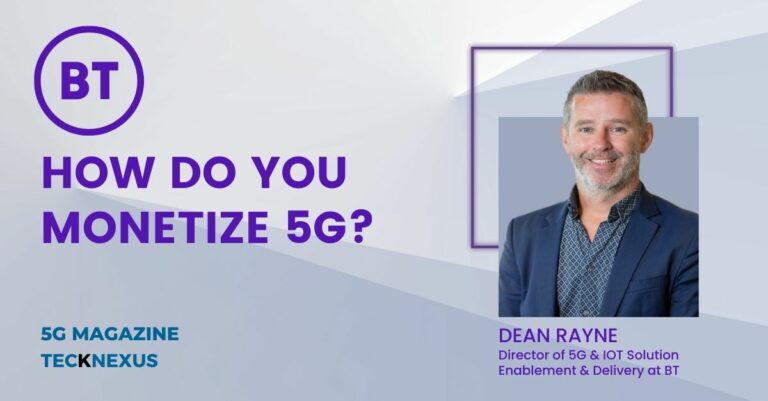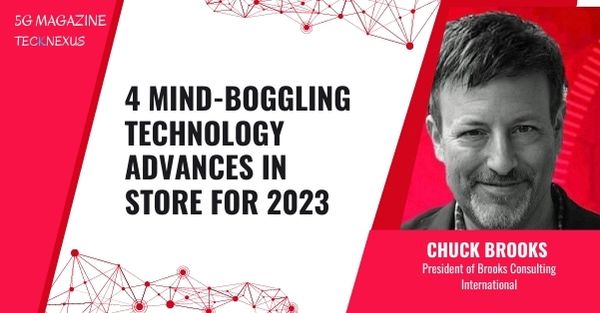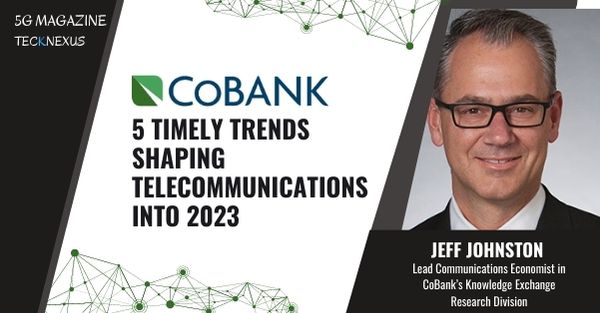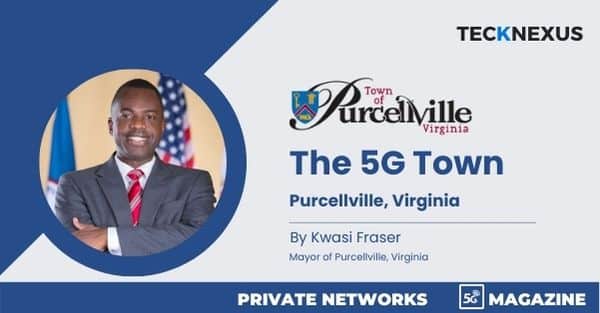- Article & Insights
- November 10, 2024
In this article, we delve into the transformative potential of 5G in the Spatial Web era. With fascinating insights into the convergence of 5G, AI, AR, VR, and NFTs, we illuminate how these technologies are reshaping the retail industry and consumer engagement at large. As the global Spatial Web market surges towards an estimated value of $30.7 billion by 2025, we dissect the pivotal role of 5G and telcos in meeting the heightened demands of this digital revolution. Explore this riveting piece for a deep understanding of the future of consumer interaction in the evolving Spatial Web landscape.







